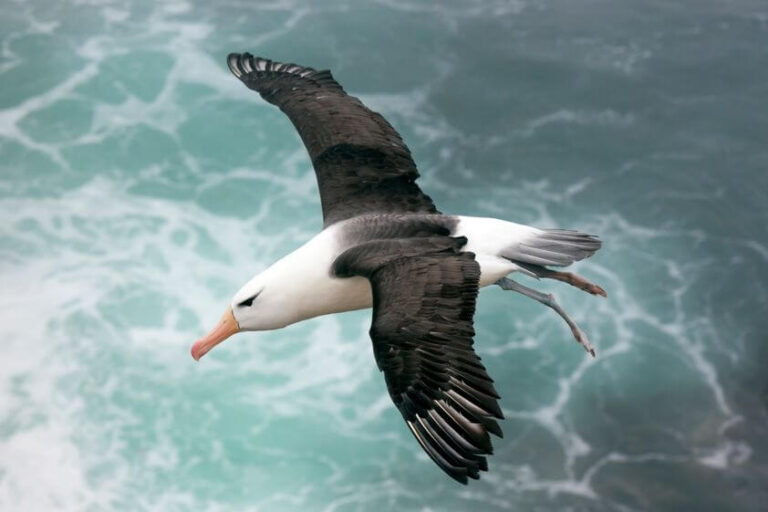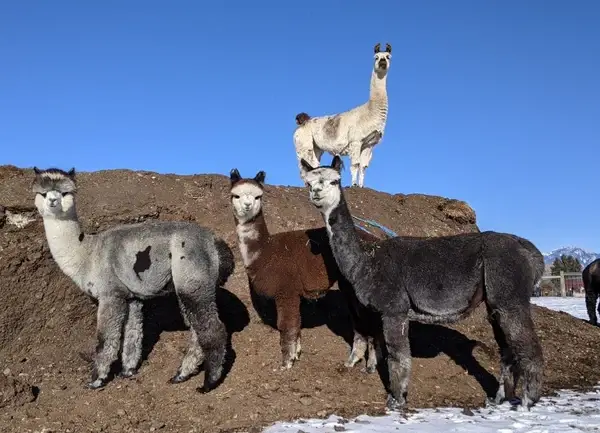Lynx: Classification, Traits, Habitat, and Conservation Status
The Lynx is a fascinating wildcat known for its distinctive physical traits and elusive nature. This article provides an in-depth exploration of the Lynx, from its scientific classification to its role in ecosystems and human interactions. We will delve into its physical characteristics, habitat, behavior, diet, reproduction, predators, conservation status, evolutionary history, and more.
Contents
Scientific Classification
- Kingdom: Animalia
- Phylum: Chordata
- Class: Mammalia
- Order: Carnivora
- Family: Felidae
- Genus: Lynx
There are four primary species of Lynx:
- Eurasian Lynx (Lynx lynx)
- Canadian Lynx (Lynx canadensis)
- Iberian Lynx (Lynx pardinus)
- Bobcat (Lynx rufus)
Each species varies in size, habitat, and specific characteristics but shares common traits defining the lynx genus.
Physical Characteristics

Lynx are medium-sized wildcats with a distinctive appearance:
- Fur: Their thick fur varies from grayish to reddish-brown and is adapted to different seasons. The fur acts as excellent insulation in colder climates.
- Ears: Their most striking feature is their black tufts of fur on the tips of their ears, which may help enhance their hearing.
- Tail: They have short, stubby tails with black tips.
- Paws: Lynx have large, padded paws that act like snowshoes, allowing them to walk effortlessly on snow.
- Size: Depending on the species, Lynx typically weigh 18-60 pounds, with a body length of about 80-130 cm.
Habitat
Lynx inhabit a variety of ecosystems, ranging from dense forests to cold, mountainous regions:
- Eurasian Lynx: Found throughout Europe and parts of Asia, this species prefers remote forests and mountainous terrains.
- Canadian Lynx: Native to North America, especially in Canada and Alaska, these lynxes thrive in boreal forests.
- Iberian Lynx: Endemic to the Iberian Peninsula, they are often found in Mediterranean woodlands and scrubland.
- Bobcat: The most widespread species, bobcats are found across North America and can live in forests, swamps, deserts, and even suburban areas.
Behavior

Lynx are solitary and highly elusive animals:
- Nocturnal: Most Lynx are nocturnal, hunting primarily at night.
- Territorial: They mark their territory with scent markings and are highly territorial, especially males.
- Elusive Hunters: Lynx are ambush predators known for their stealth and patience. They rely on their excellent hearing and vision to detect prey.
Diet
Lynx are carnivores with a diet that varies based on their species and location:
- Eurasian Lynx: Mainly feeds on deer, birds, and smaller mammals such as hares.
- Canadian Lynx: They strongly prefer snowshoe hares, which make up most of their diet.
- Iberian Lynx: The European rabbit is their primary food source.
- Bobcats: Their diet is more varied, including rabbits, birds, rodents, and occasionally deer.
Reproduction
The reproductive habits of the Lynx are also notable:
- Mating Season: Lynx typically mate in late winter or early spring, with a gestation period of about 60-74 days.
- Offspring: The female gives birth to a litter of 1-4 kittens raised in dens made from hollow trees or rock crevices.
- Independence: Kittens are born blind and helpless, but after about 10 months, they are ready to leave their mother and establish their territory.
Predators and Threats
While adult lynx have few natural predators, they are not without threats:
- Predators: Larger carnivores such as wolves, bears, and cougars may occasionally prey on Lynx, particularly the young.
- Human Activities: Habitat destruction, hunting, and road accidents pose significant risks to lynx populations.
- Disease: Rabies and other diseases also threaten certain lynx species, especially the Iberian Lynx.
Conservation Status
The conservation status of lynx species varies:
- Eurasian Lynx: Listed as “Least Concern” by the IUCN, with stable populations in some regions, but localized threats remain.
- Canadian Lynx: Also categorized as “Least Concern,” although habitat loss and hunting have affected populations.
- Iberian Lynx: Critically endangered, this species faced near extinction in the early 2000s. Intensive conservation efforts, such as captive breeding programs, have increased their numbers but remain highly vulnerable.
- Bobcat: Considered a species of “Least Concern,” bobcats are abundant in many parts of their range.
Evolutionary History
The Lynx evolved 4 million years ago and is closely related to other medium-sized wildcats. Fossil evidence suggests the earliest lynx species appeared in North America and later spread to Europe and Asia. Over time, the Lynx adapted to different climates and terrains, resulting in the diversification we see today.
Interesting Facts
- While hunting, Lynx can leap as far as 7 meters in a single bound.
- Despite being solitary, lynxes sometimes vocalize with various sounds, from growls and meows to high-pitched yowls during mating season.
- The Iberian Lynx is the most endangered wildcat species in the world.
Lynx and Humans
Throughout history, humans have had a complex relationship with Lynx:
- Folklore: In many cultures, Lynx symbolize stealth, silence, and keen vision. In Norse mythology, the Lynx is associated with Freyja, the goddess of love and fertility.
- Hunting and Fur Trade: Lynx have been hunted for their fur, prized for its softness and warmth. Though fur hunting is less common today, it still poses a risk in some regions.
- Conservation Efforts: Modern conservation efforts have raised awareness about the importance of protecting lynx habitats, with many countries implementing protective measures and wildlife corridors to support their survival.
Conclusion
The Lynx is a captivating species that is crucial in maintaining ecological balance. These wildcats have fascinated humans for centuries With incredible hunting abilities, distinctive appearance, and remarkable adaptations. While some species thrive, others remain vulnerable and need ongoing conservation efforts. By understanding the Lynx and its environment, we can ensure that these majestic creatures continue to thrive in the wild for generations.
- Are Rottweilers Good With Kids? Reasons & Training Tips - 17 September 2025
- How Long Are Dogs Pregnant: Complete Guide - 16 September 2025
- German Shepherd Doberman Mix: Info, Pictures, Care & More - 11 September 2025







